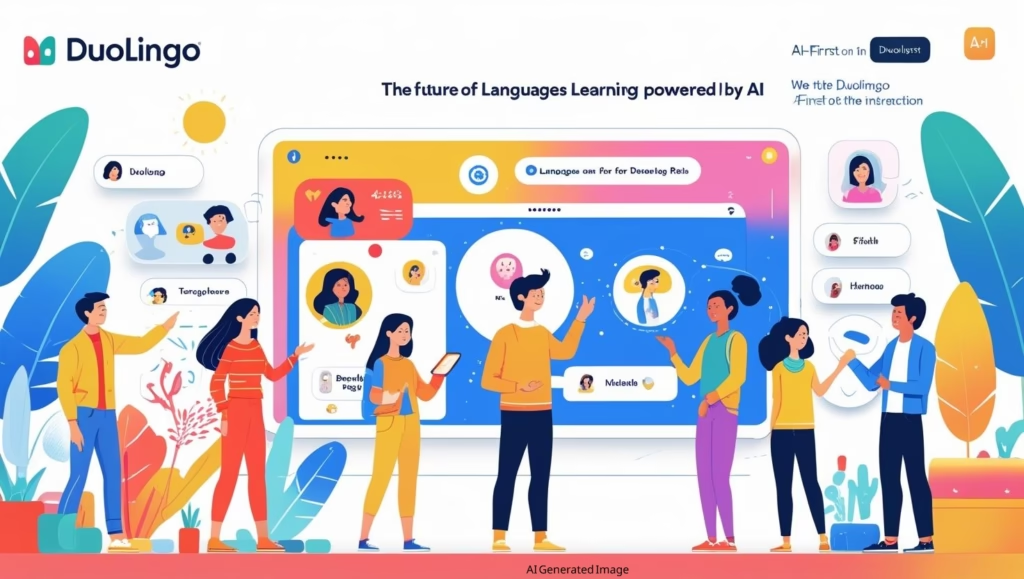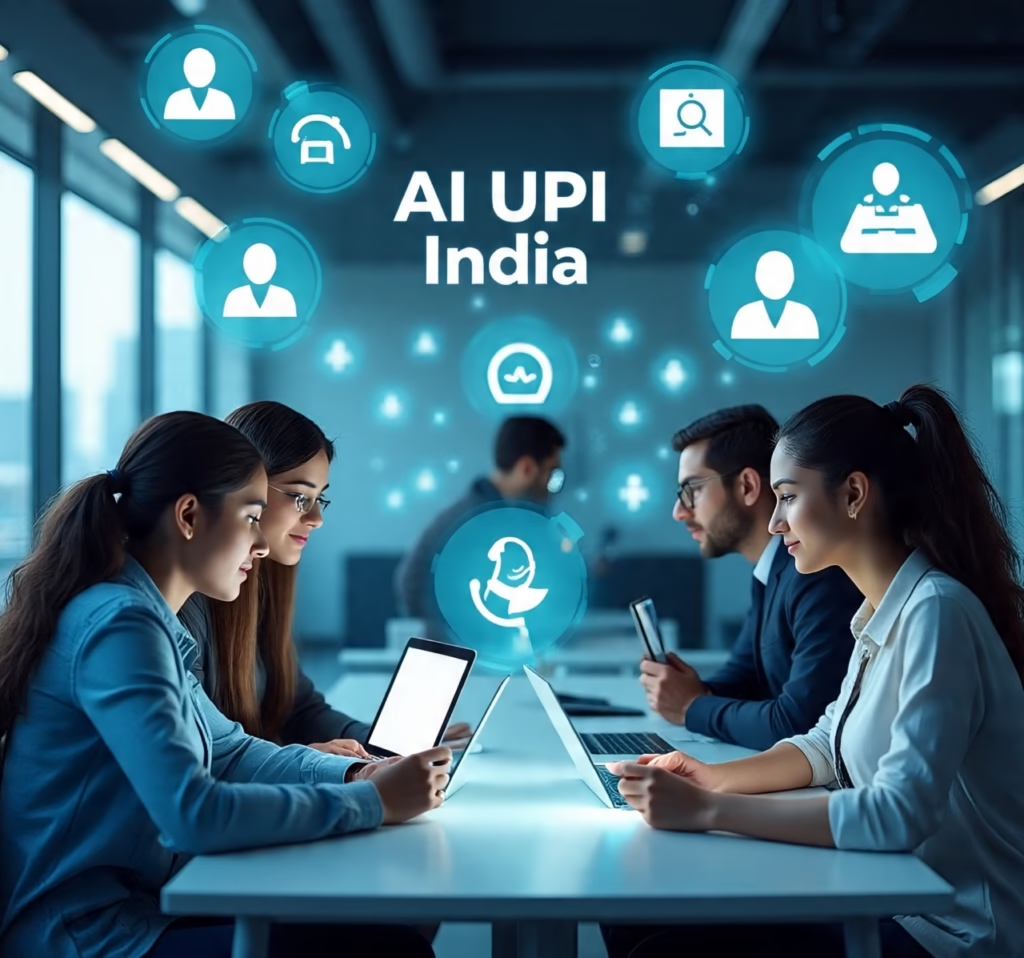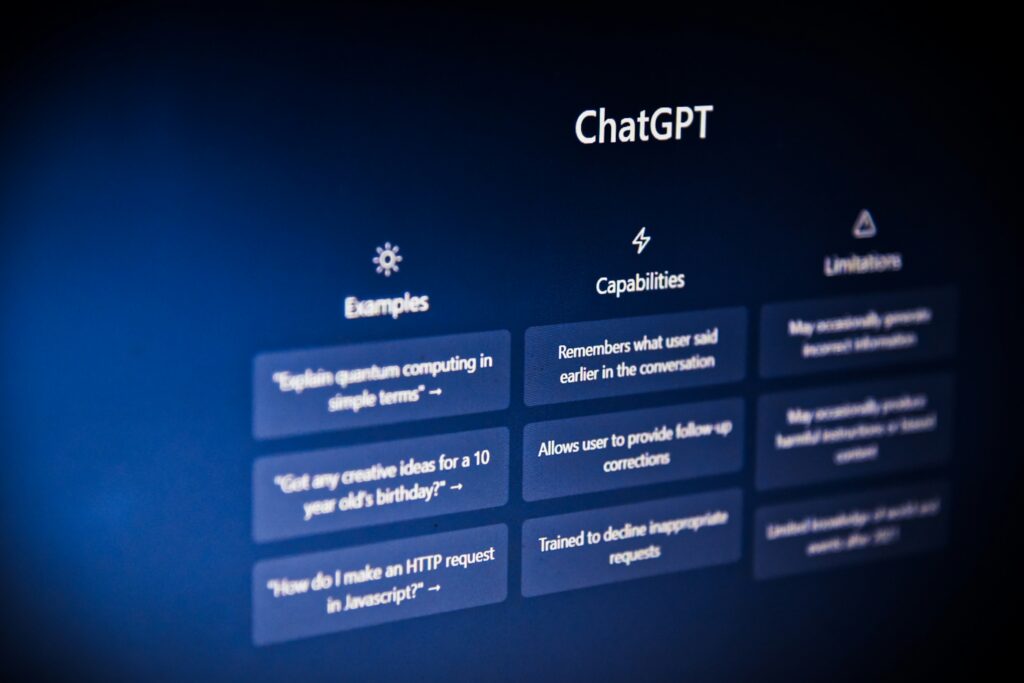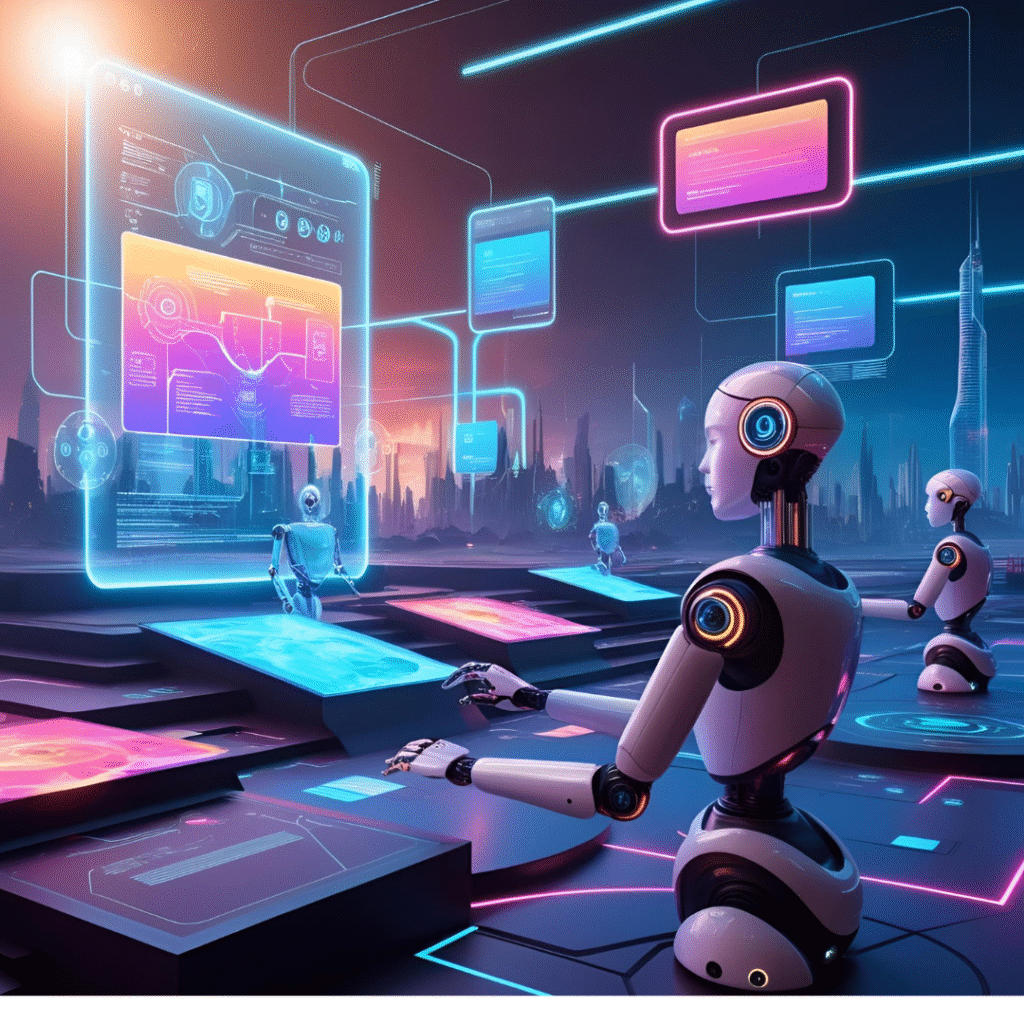Duolingo’s “AI-First” Strategy: Humanizing the Future of Language Learning
Duolingo, the world’s leading language-learning platform, recently made headlines with the official announcement of its bold “AI-first” strategy. The move, while technologically visionary, ignited a surge of controversy and sparked essential conversations about job security and the future of work in education. In this blog, we will unravel the nuances of Duolingo’s transformation, address common concerns, and use the Query Fan Out Technique to expand on every major user query surrounding AI’s evolving role.
The Announcement That Shook the EdTech World
In April 2025, CEO Luis von Ahn declared that Duolingo would become an “AI-first” company, positioning artificial intelligence as the cornerstone of its future. This wasn’t just a technical upgrade it was a seismic shift in strategy reminiscent of Duolingo’s early pivot to mobile technology in 2012. Von Ahn’s message was clear: as AI fundamentally transforms industries, “the worst thing you can do is wait”.
Yet, the optimism of innovation quickly collided with fear and skepticism. Users, media, and prospective employees worried: Would language learning lose its “human touch”? Would careers and livelihoods be sacrificed for the sake of efficiency? Would AI truly make learning better, or just cheaper?
Understanding the AI-First Strategy: Vision, Not Just Automation
What exactly does an “AI-first” strategy mean at Duolingo?
- AI-Integrated Decision Making: AI is not an afterthought, but an integral decision-maker in product development, content creation, and even internal processes like hiring and performance reviews.
- Personalized Learning: The platform tailors lessons in real time, adapting to each user’s pace, strengths, and struggles.
- Faster, Smarter Content Creation: AI enables scalable course development at unprecedented speed, making it possible to add languages, dialects, and exercises much faster than manual methods ever could.
Why Now? Lessons from Betting on Mobile
Just as Duolingo reimagined itself as “mobile-first” at a time when many companies only saw mobile as an afterthought, the bold bet on AI signals a willingness to question, “What if…?” Von Ahn draws a direct parallel: “Betting on mobile made all the difference. We’re making a similar call now and this time the platform shift is AI”.
The Backlash: Job Security and the Human Cost
With this strategic shift came an intensely personal concern: What about the people who make Duolingo run?
- Public Concerns: The announcement was widely interpreted as a signal of impending layoffs, especially among contractors and creative professionals.
- Media Reaction: Headlines asked if Duolingo was “the face of an AI jobs crisis,” noting that contractors had already been replaced with AI for certain tasks in the preceding years.
Such fears are not unfounded in a workforce increasingly reshaped by technology. Similar transitions across tech, finance, and media have seen automation edge out entry-level and contract jobs.
CEO Luis von Ahn’s Clarification: AI as a Tool, Not a Replacement
To address these anxieties, Luis von Ahn took an unusually transparent approach:
- No Mass Employee Layoffs: The company pledged not to use AI as a tool to cut its full-time staff. Instead, the reduction in contractors is positioned as a pragmatic, targeted replacement for tasks that can easily be automated.
- Ongoing Human Investment: Duolingo continues to hire at the same rate, and full-time roles particularly creative, analytical, and leadership positions—are expected to evolve, not vanish.
- AI as an Accelerator: AI is framed as an enhancement tool to speed up and elevate the work humans already do, not to make those humans obsolete.
Von Ahn’s message is clear: “AI will enhance work efficiency, not replace jobs… We will support employees with workshops and advisory councils to adapt to AI’s growing role in the business”.
How Does AI Impact Job Security at Duolingo?
To better understand job security in this new era, let’s break down Duolingo’s approach:
By automating repetitive, scalable tasks, Duolingo aims to free up its human talent for roles that require empathy, creativity, and critical thinking—tasks AI, for now, cannot replace.
AI as an Enhancement Tool in EdTech
Hyper-Personalization at Scale
AI allows for deep data analysis, tailoring lessons to individual learners and identifying the most effective pathways for knowledge retention and skill acquisition.
Conversational AI and Real-Time Feedback
- Speech Recognition and Feedback: Learners now receive immediate corrections on their pronunciation, grammar, and vocabulary, making practice more effective and less intimidating.
- Confidence and Engagement: AI-driven, judgment-free conversation partners help lower speaking anxiety a crucial factor in language learning success.
Content Creation and Course Launches
Perhaps the most dramatic evidence of AI’s power is in Duolingo’s accelerated content development:
- In roughly one year, AI helped Duolingo launch 148 new courses nearly doubling the number achieved over twelve years using manual development.
- This pace enables Duolingo to respond rapidly to emerging language trends, user feedback, and global events that necessitate new content.
The Future of AI in Language Learning Platforms
What does Duolingo’s transition portend for edtech more broadly?
A Model for AI-Driven EdTech
- Scalability: Companies can rapidly address new audiences, languages, and educational trends.
- Equity and Accessibility: AI-powered translation and content development make it easier to support users in underrepresented or rare languages.
- Teacher Empowerment: In hybrid models, AI performs routine assessments and practice, freeing educators to focus on high-impact teaching and personal engagement.
The Human-AI Symbiosis
The most successful education companies will harness the strengths of both:
- AI: Tireless, data-driven, instantly adaptable, and highly scalable.
- Humans: Creative, intuitive, empathetic, and capable of big-picture thinking.
Frequently Asked Questions: Deep-Diving via Query Fan Out
What is Duolingo’s AI-First Strategy?
Duolingo is restructuring itself to make AI a fundamental part of every process from course creation and user feedback to internal workflows and business decisions.
How Does AI Impact Job Security at Duolingo?
While some contractor positions are being phased out in favor of AI automation, Duolingo affirms its commitment to upskilling and retaining its full-time staff, positioning AI as a collaborator, not a competitor.
What Roles Will AI Play in Language Learning Platforms?
AI serves as a content generator, personalized learning coach, real-time feedback provider, and perhaps most importantly a “force multiplier” for teachers and curriculum designers.
Are There Real Examples of AI Improving Course Development?
Yes: Duolingo’s rate of launching new language courses has increased tenfold since implementing generative AI, transforming years of traditional development into months.
What Does the Future Look Like for AI in EdTech?
The future is a hybrid model AI manages scale, personalization, and efficiency, while humans focus on nuanced teaching, content curation, and mentorship. Companies that blend both effectively will lead the next wave of educational transformation.
Embedding Authority: Further Reading
To learn more about AI’s role in education and Duolingo’s strategy, see these reputable sources:
- [AI Magazine on Duolingo’s AI-First Strategy]
- [Influencer Marketing Hub: Duolingo CEO Clarifies AI’s Purpose]
- [StarTele Logic: How Conversational AI Improves Language Learning]
- [Codiste: AI Overcoming Language Barriers in EdTech]
- [Technology Magazine: Duolingo Doubles Down on AI]
Final Thoughts: Navigating Change with Empathy and Vision
Duolingo’s AI-first pivot is neither the end of human-centric education nor the herald of a “robot apocalypse.” It is a calculated, visionary step a fusion of algorithmic muscle and human ingenuity. For employees and learners alike, the message is clear: the future belongs not to robots or to humans alone, but to those who can harness both, wisely and well.
Human context—empathy, understanding, and meaningful engagement will always remain at the heart of transformative learning, regardless of how advanced the tools become.
Keywords: Duolingo AI strategy, AI-first approach, Duolingo job security, AI in language learning, AI in edtech, AI content creation, language learning AI, AI education technology, AI course development, AI personalization, Duolingo CEO Luis von Ahn, AI impact on jobs, AI enhancement tool, AI-powered learning, future of edtech, AI and human collaboration, AI language courses, AI education innovation, AI learning acceleration, EdTech AI transformation
Disclaimer: Transparency is important to us! This blog post was generated with the help of an AI writing tool. Our team has carefully reviewed and fact-checked the content to ensure it meets our standards for accuracy and helpfulness. We believe in the power of AI to enhance content creation, but human oversight is essential.





